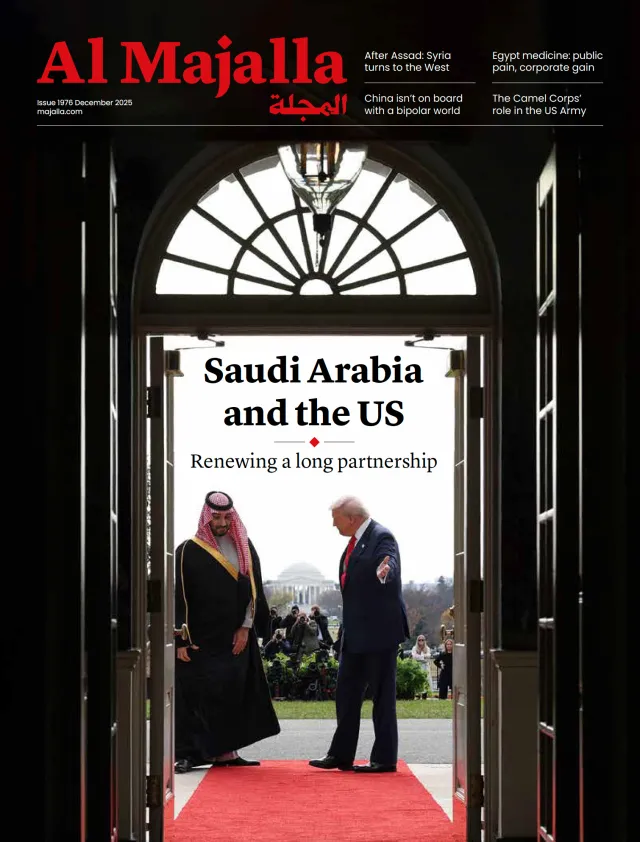In Syria’s post-Assad transition, investment announcements have become a fixture of the official news cycle. From glittering real estate ventures to energy and transport deals, the government has been celebrating these projects in high-profile press conferences and televised ceremonies.
The surge of investment announcements underscores how eager transitional authorities are to demonstrate quick progress, presenting these projects as evidence that Syria is rising from the ruins of war. Yet while the need for reconstruction is urgent, not all investments have been welcomed by the communities they target.
In recent weeks, residents in Homs and Damascus pushed back against two investment projects. In both cases, communities were informed only after agreements had been finalised, leaving them little choice but to contest the plans in order to safeguard their interests. The outcome was swift: one project was cancelled outright, while the other was scaled back following public opposition.
These episodes should not be dismissed as isolated local disputes. They should be seen as warning signs of a deeper flaw in Syria’s reconstruction model—the lack of meaningful engagement with the communities these projects are meant to serve. For Syria’s reconstruction to be sustainable, officials and investors must adopt a new approach—one that places Syrians at the centre of the rebuilding process.
Controversial projects
The Boulevard al-Nasr redevelopment, signed during a high-profile investment conference at the presidential palace on 8 August, was presented as one of Homs’s flagship post-war projects.
Contracted with a Kuwait-based company owned by a Syrian businessman, the redevelopment promised to transform parts of the war-scarred city into a sleek urban hub. Promotional materials showcased renewable energy, eco-friendly design, and contemporary architecture.




